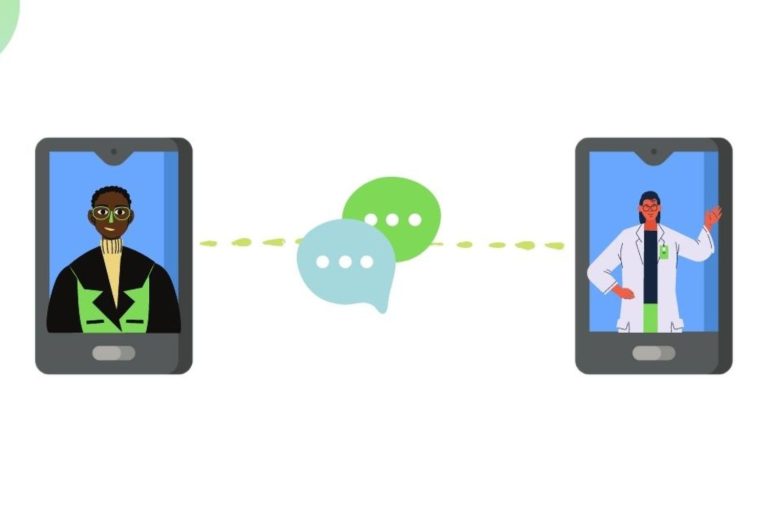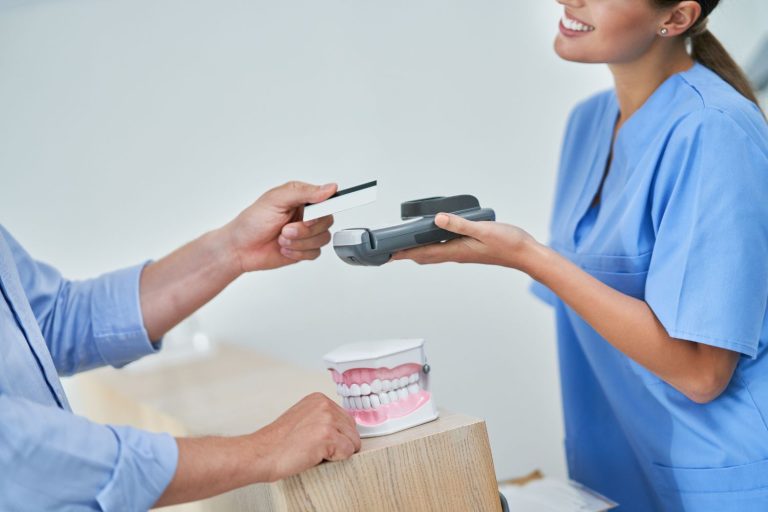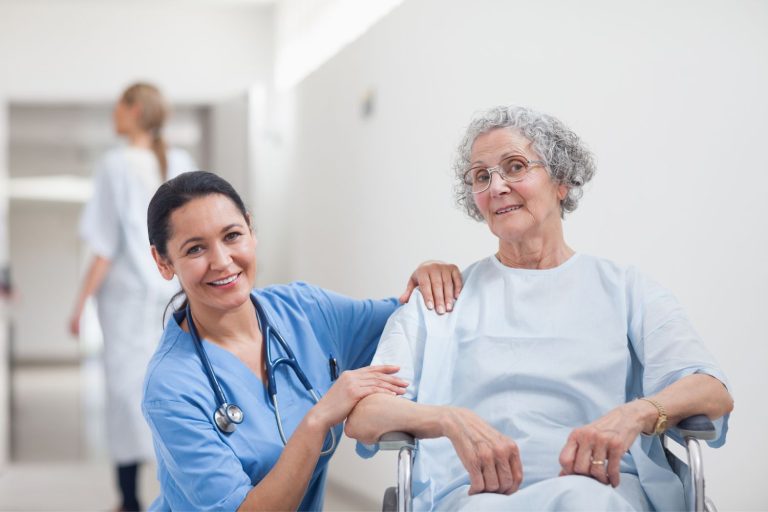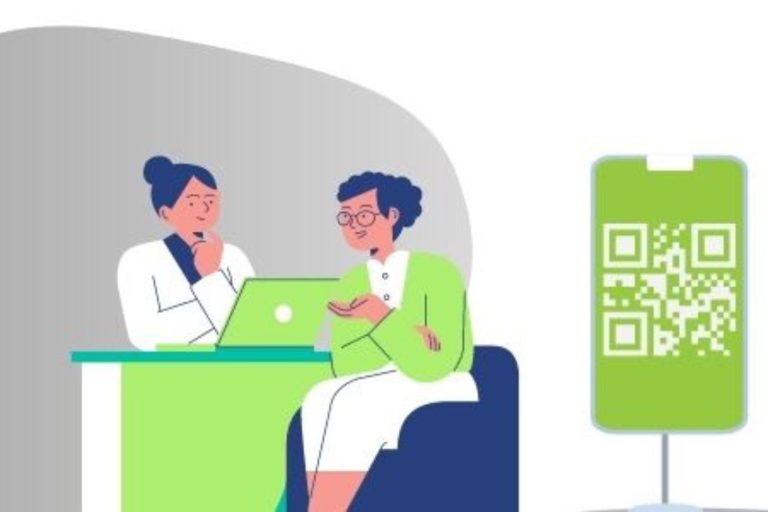Zero-Contact Intake: What does that mean for your practice?
The medical community across the country is at the forefront to combat COVID-19 pandemic, risking it all. The count of COVID-19 cases is on a spike, and the numbers will substantially differ from the time I’m writing to the time you are reading this.
The spread of the pandemic poses a big challenge for medical staff. The front desk staff who interact with every patient who walks in, even before they take their COVID-19 screening, are at high risk.
But patients still need to see their healthcare providers. As a medical facility, you require well-thought-out and considerate measures to ensure zero-contact without compromising on your medical duties and services.
If you are the COVID-19 response coordinator at your practice, here are some compelling reasons why rolling-out a zero contact workflow should be an immediate priority:
Lesser the paper, better the safety
Keeping six feet away from people, and practicing social distancing are crucial components to flatten the curve of COVID-19. But, if you are serving at a clinic, not only are you surrounded by a crowd, but you are at risk from handling multiple paper forms from different patients.
A zero-contact workflow eliminates paper from the equation and collects all patient information, including COVID-19 screeners, digitally. This workflow requires minimal assistance or physical contact from the front-desks staff.
Remote check-in promotes social distancing
A zero-contact workflow allows patients to complete the necessary process, including payment, remotely. Even if the patients don’t complete this process from home, practices can still ask patients to do it using their mobile phones after they arrive at the facility. In a self-check-in mode, the patients do not even have to produce their driving license or insurance card directly to the front desk staff. They can take a picture of the card and upload it via their phones. This reduces the risk of exposure. You can also send out instructions specific to your practice. For example, you can ask patients to wait in their car outside the facility until the provider is ready for the examination.
Better manage patient anxiety
As the concerns around COVID-19 keeps rising, patients may tend to postpone their medical visit due to the fear of sitting in a crowded waiting room. This is risky for patients with pre-existing medical conditions. A zero-contact workflow lessens the panic amongst patients and ensures minimal crowd exposure. It helps them meet their regular medical needs without the added fear of exposure.
Identifying patients at risk before they walk-in
According to a federal report, three out of four US hospitals are already treating patients with confirmed or suspected COVID-19. Promptly identifying patients with possible COVID-19 is one of the primary requirements under the ‘Comprehensive Hospital Preparedness Checklist’ published by the CDC. Digitizing the COVID-19 screener will help you keep your staff safe by alerting them if there is a suspected patient even before the patient walks in through the door. Front desk staff can assess the risk intensity & accordingly discuss the options of rescheduling, video calling, or any preventive measures required on the patient’s arrival.
Zero-touch payment collection
For an effective revenue cycle management in the age where the patient is the new payer, it is crucial to encourage patient payments. In a self-check-in mode, patients can directly enter their credit or debit card details or choose a card existing on file to make payments. These upfront payment options help in reducing bad debt. Still, most importantly, it reduces the chances of exposure- thus turning the workflow into a foolproof ‘zero-contact’ process.
What are the other areas where we can adopt a ‘zero-contact’ workflow? Let us know your thoughts in the comments.







